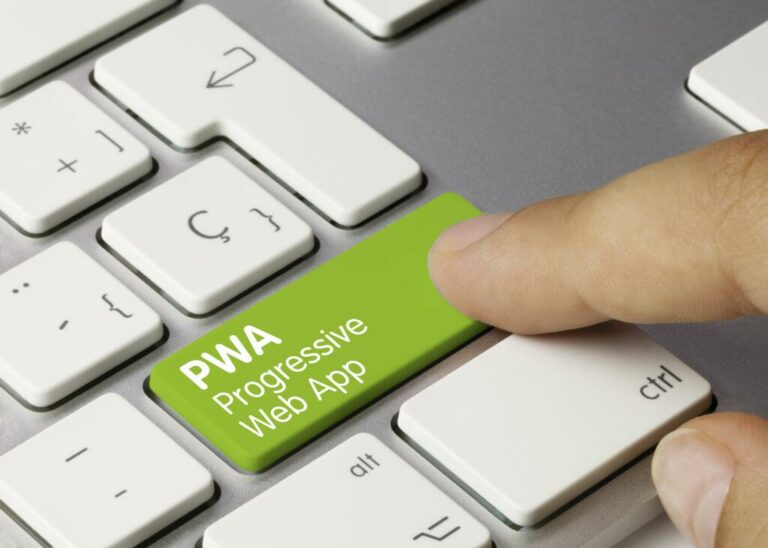And microservices in containers make it easier to orchestrate services, including storage, networking, and security. Kubernetes is the foundation of cloud software architectures like microservices and serverless. For developers, Kubernetes brings new processes for continuous integration and continuous deployment; helps you merge code; and automate deployment, operation and scaling across containers in any environment.
- The IDE can now identify references to specific YAML schemas included as comments and provides code completion and syntax validation within YAML files based on the specified schema, whether it’s stored locally or accessed remotely.
- Kubernetes is open source giving you the freedom to take advantage of on-premises, hybrid, or public cloud infrastructure, letting you effortlessly move workloads to where it matters to you.
- If you’re using a local cluster, simply select the matching kubeconfig file and optionally set the context (Figure 7).
- This lets you run hosted control planes and OpenShift Virtualization virtual machines on the same underlying base OpenShift cluster.
- In addition, RHACM features an improved user experience for deploying OpenShift in Nutanix, expanding the range of partnerships providing metal infrastructure where you need it.
- When Kubernetes schedules a pod to a node, the kubelet (the service that makes sure each container is running) on that node will instruct Docker to launch the specified containers.
- A certified KCNA will confirm conceptual knowledge of the entire cloud native ecosystem, particularly focusing on Kubernetes.
Containers take advantage of a form of operating system (OS) virtualization that lets multiple applications share a single instance of an OS by isolating processes and controlling the amount of CPU, memory, and disk those processes can access. Because they are smaller, more resource-efficient and more portable than virtual machines (VMs), containers have become the de facto compute units of modern cloud-native applications. Linux containers give your microservice-based apps an ideal application deployment unit and self-contained execution environment.
Using Gefyra “Run Container” with the frontend process
This strategy gives developers a common application environment to develop, orchestrate, and run their applications while giving system administrators and operations teams a common operating environment to manage their infrastructure. With this consistency across environments, you can deliver automated IT infrastructure and accelerate your time to market for new applications and services. Today, Kubernetes and the broader container ecosystem are maturing into a general-purpose computing platform and ecosystem that rivals — if not surpasses — virtual machines (VMs) as the basic building blocks of modern cloud infrastructure and applications. To achieve environmental parity, it’s vital to simulate the hardware constraints that software will encounter in a physical vehicle. This includes mimicking factors such as sensor inputs, computing hardware capabilities, and communication protocols.
Anyone can contribute, whether you’re new to the project or you’ve been around a long time. Browse terminology, command line syntax, API resource types, and kubernetes based assurance setup tool documentation. An engine can run on its own, but it becomes part of a functional car when it’s connected with a transmission, axles, and wheels.
Kubernetes 101 for developers: Names, ports, YAML files, and more
Gaining access to target development hardware has become an impossible task, the recent global microchip shortage did not help. I also wrote a separate article where I compare the different Kubernetes development environments in some more detail. Note that this is a tricky area since even for established technologies such as, for example, JSON vs YAML vs XML or REST vs gRPC vs SOAP a lot depends on your background, your preferences and organizational settings.

Add a namespace field to both the stock-con deployment and the service with the value of dok. Change the image field of the container spec to quay.io/mhausenblas/stock-con since Skaffold manages the container image tag on the fly. Squash consists of a debug server that is fully integrated with Kubernetes, and a IDE plugin. It allows you to insert breakpoints and do all the fun stuff you are used to doing when debugging an application using an IDE. It bridges IDE debugging experience with your Kubernetes cluster by allowing you to attach the debugger to a pod running in your Kubernetes cluster.
Containers vs VMs
The deployment controls the creation and state of the containerized application and keeps it running. The clusters are made up of nodes, each of which represents a single compute host (virtual or physical machine). As containers proliferated — today, an organization might have hundreds or thousands of them — operations teams needed to schedule and automate container deployment, networking, scalability, and availability.
In a nutshell, environmental parity is the key to a more efficient, reliable, and innovative future in automotive software development. It represents a shift where software can be thoroughly tested and validated in a virtual environment that faithfully mirrors reality. As the automotive industry continues its journey towards greater automation and sophistication, environmental parity emerges as an indispensable tool for those who strive to revolutionise the way we drive and interact with vehicles. Digital twins do not necessarily replicate the physical component itself, they rely on data for simulations and are useful to assess how this data can have a physical impact.
What is environmental parity?
For a comparison of these local Kubernetes options, you can look at this post. Let’s set the “Target” for the bridge to the backend pod, which is currently serving the frontend process in the cluster, and set a timeout for the bridge to 60 seconds. We also need to map the port of the proxy running in the cluster with the local instance. This feature is noteworthy because developers can freely modify the code and see the changes reflected in real-time without having to rebuild or redeploy the container. In complex systems, however, you may need to connect your code with several auxiliary services, such as databases, storage volumes, APIs, caching layers, message brokers, and others.
Develop and validate first in the cloud, try it in the streets later, recaps the future of automotive software development. This approach not only accelerates the development process but also paves the way for the increased use of digital twins, which become more reliable and closely resemble the final product. As mentioned above, environmental parity allows code testing and validation under conditions that mimic the physical target. This is very important for the automotive industry, where small bugs can have serious safety-related consequences. By replicating the target environment as much as possible, it is possible to spot and fix issues earlier in the development process. Uptycs has unveiled new automated code and runtime protections to help security and development teams align on policies, enforce them anywhere, and define remediation workflows — all from a single console.
Build tools
Of course, this section is empty on a fresh install.To launch a local container with Gefyra, just like with Docker, you need to click on the Run Container button at the top right (Figure 6). Gefyra’s core functionality is contained in a Python library available in its repository. The CLI that comes with the project has a long list of arguments that may be overwhelming for some users. To make it more accessible, Gefyra developed the Docker Desktop extension, which is easy for developers to use without having to delve into the intricacies of Gefyra. The design and development of Kubernetes was influenced by Google’s Borg cluster manager.

The Linux Foundation offers instructor-led and self-paced courses for all aspects of the Kubernetes application development and operations lifecycle. Michael Schilonka is a strong believer that Kubernetes can be a software development platform, too. He is the co-founder and managing director of the Munich-based agency Blueshoe and the technical lead of Gefyra and Getdeck.
Kubernetes Resources
As part of CEIP, VMware collects technical information about your organization’s use of VMware products and services in association with your organization’s VMware license keys. The CEIP Standard Participation Level provides VMware with information to improve its products and services, identify and fix problems, and advise you on how to best deploy and use VMware products. For example, this information can enable a proactive product deployment discussion with your VMware account team or VMware support team to help resolve your issues. Tanzu Application Platform provides a default set of components that automates pushing an app to staging and production on Kubernetes. It also allows operators to customize the platform by replacing Tanzu Application Platform components with other products.
Developer Productivity
We’re pleased to announce hosted control planes on bare metal is generally available in this release. With hosted control planes, you can achieve 3x infrastructure cost savings from hosting multiple cluster control planes as workloads on the hosting service’s cluster nodes, twice as fast provisioning times, increased reliability, and greater resiliency. Unlike a standalone cluster where some of the Kubernetes services in the control plane run as systemd services, control planes are deployed as just another workload, which can be scheduled on any available nodes placed in their dedicated namespaces. Hosted control planes on bare metal is enabled through the multicluster engine for Kubernetes operator version 2.4.
Why Google
With its new platform, Emirates NBD improved collaboration between internal teams and with partners using application programming interfaces (APIs) and microservices. And by adopting agile and DevOps development practices, the bank reduced app launch and update cycles. There is little change to how you manage containers using this type of infrastructure. Your involvement just happens at a higher level, giving you better control without the need to micromanage each separate container or node.


No responses yet